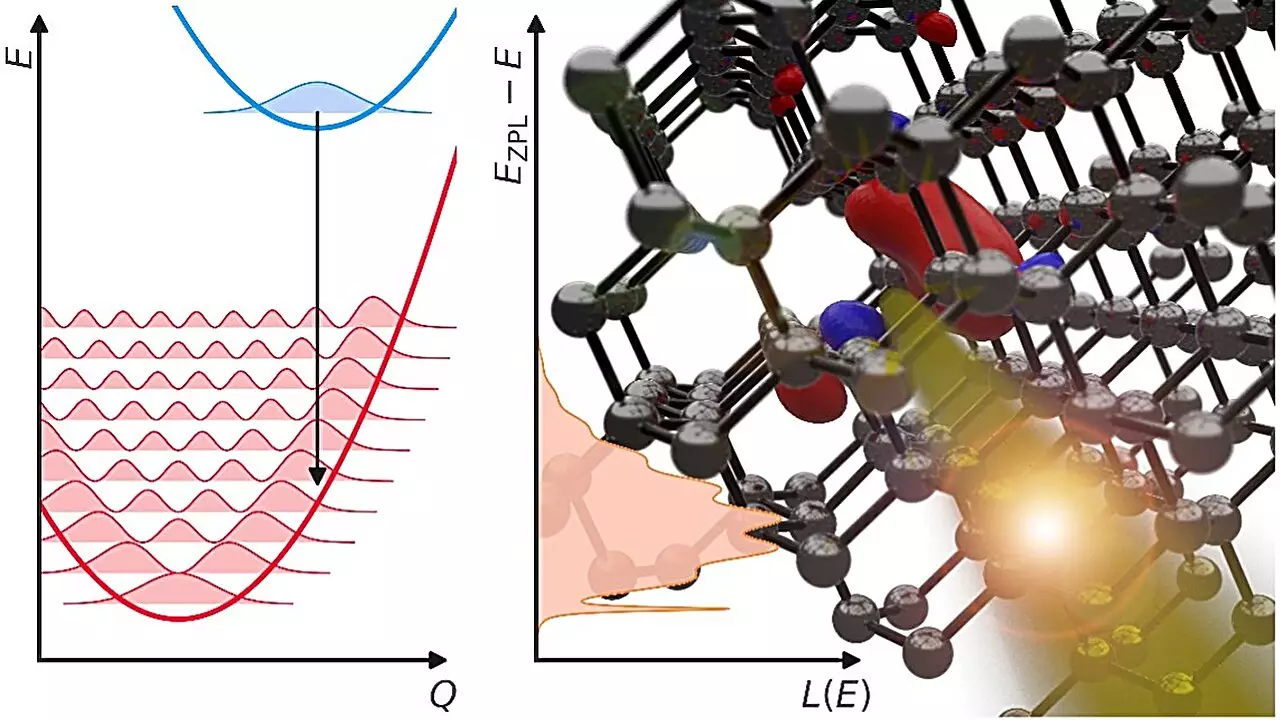As we step into a new era of technological advancement, the conversation around quantum computing is becoming more prevalent. While these marvels of engineering show immense potential in data processing and complex problem-solving, their capabilities can only be fully realized within the context of a quantum internet. This revolutionary web of interconnected quantum devices requires a seamless and efficient method of transmitting quantum information, a task that hinges on the fundamentals of light—specifically, photons.
Photons, the elementary particles of light, are pivotal to this endeavor. Unlike their heavier counterparts in the quantum realm, these light bearers are not only less intrusive but also exhibit an extraordinary resistance to environmental disturbances. This makes them ideal candidates for preserving the delicate states of entanglement that are crucial for effective long-distance communication of quantum data. Time and again, photons have proven their worth, but our ability to generate and manipulate them at the appropriate wavelengths represents a challenge that must be met head-on prior to realizing a quantum internet.
The Challenges of Photon Production
While the field is rife with opportunities, generating single photons in a stable and efficient manner remains a technological hurdle. Traditional methods often employ atomic-scale imperfections in various materials—referred to as quantum defects—to produce these photons. However, the quest to identify defects that can emit photons in the telecom wavelength band—a spectrum highly conducive to low-loss optical fiber communication—has been a persistent issue.
In a groundbreaking study led by researchers at UC Santa Barbara, insights have emerged regarding the inefficiencies associated with photon emissions at these desired wavelengths. The study authors, including respected materials professor Chris Van de Walle, uncovered that the vibrations of surrounding atoms could inadvertently drain energy from the system. Thus, instead of producing a photon, a defect could manifest merely as vibrations, ultimately detracting from the efficiency of light emission. This finding elucidates a fundamental limitation preventing the realization of brighter and more efficient single-photon emitters.
Theoretical Models: A Path Forward
Critically, the UCSB research team developed sophisticated theoretical models that quantify the interaction between atomic vibrations and photon emissions. Their models reveal a stark contrast in emission efficiency as the photon wavelength moves from the visible spectrum into the infrared range. Beyond merely presenting the problem, the study highlights avenues for potential innovation.
Perhaps one of the most exciting revelations is the possibility of overcoming these challenges through careful selection of host materials and targeted atomic-level alterations of vibrational characteristics. By engineering defects in such a manner, it becomes feasible to create quantum emitters that produce photons with enhanced brightness and efficiency. The role of innovative approaches, such as coupling emitters to photonic cavities, also emerged as a promising strategy.
Collaboration as a Catalyst for Innovation
The collaborative ethos inherent in modern scientific research plays a pivotal role in this advancements. Bridging disparate fields and mobilizing multiple areas of expertise can lead to unexpectedly fruitful results. The UCSB team, which includes talents from computer engineering and graduate-level research, illustrates how interdisciplinary cooperation can forge powerful solutions to complex issues.
As we navigate toward the fruition of quantum networks, replete with robust and efficient quantum information transfer, the implications of this work stretch far beyond academia. They signal a broader potential for impacting industries from telecommunications to cryptography, ushering in possibilities we have yet to fully explore.
Designing the Quantum Internet of Tomorrow
The findings from the UCSB researchers offer a blueprint for pioneering the quantum emitter landscape. As we grapple with the challenge of fabricating quantum networks capable of handling the intricacies of data at the quantum level, innovative solutions like those from Van de Walle’s team lay the groundwork for the future.
The road ahead will undoubtedly be challenging, requiring unyielding dedication and creativity. However, as researchers harness the insights into atomic behavior and photon emissions, we edge closer to a future where quantum computers are not isolated entities but integral parts of an interconnected quantum web. This vision of a quantum internet may someday become our reality, radically transforming the technological landscape as we know it.

